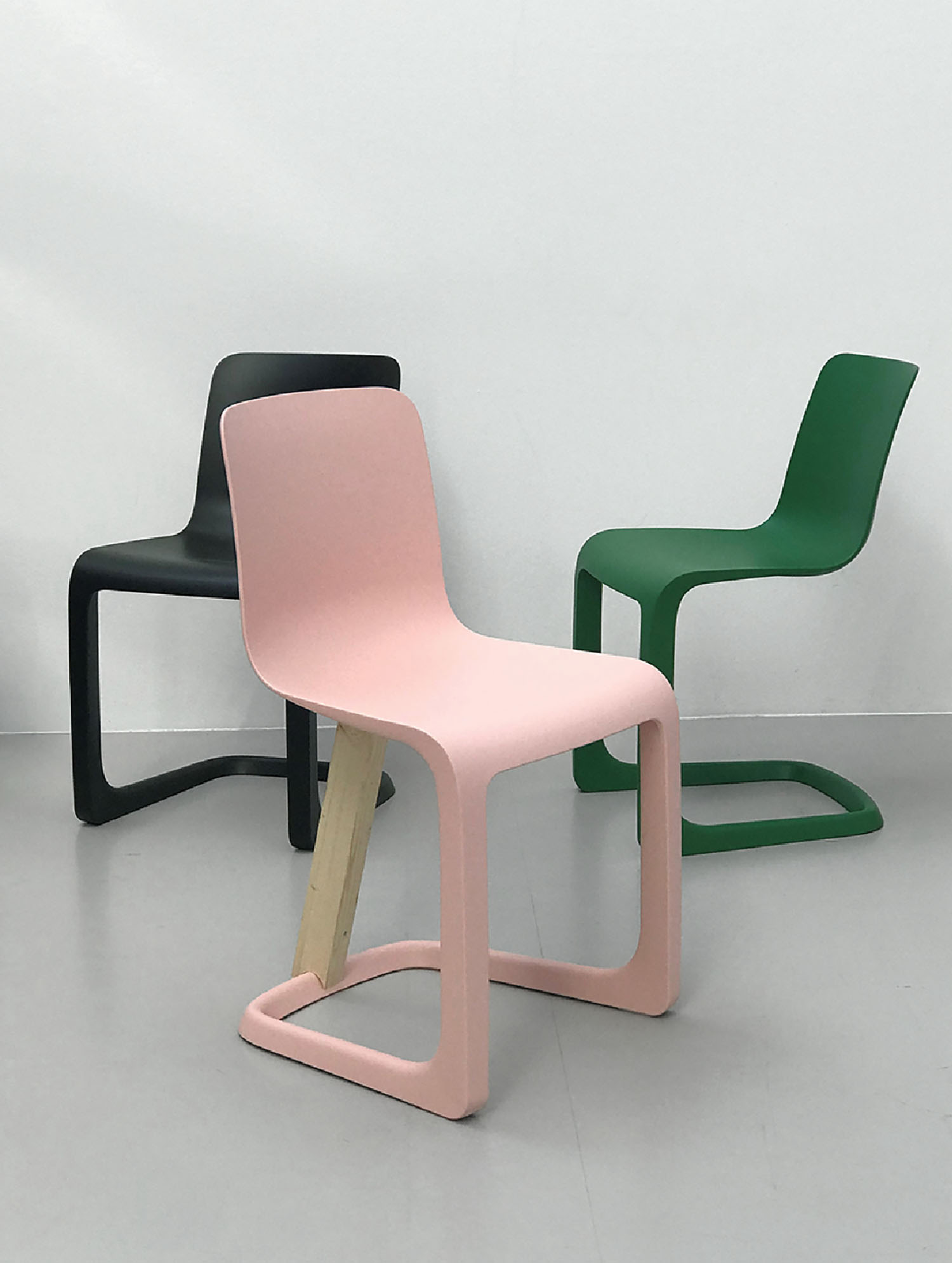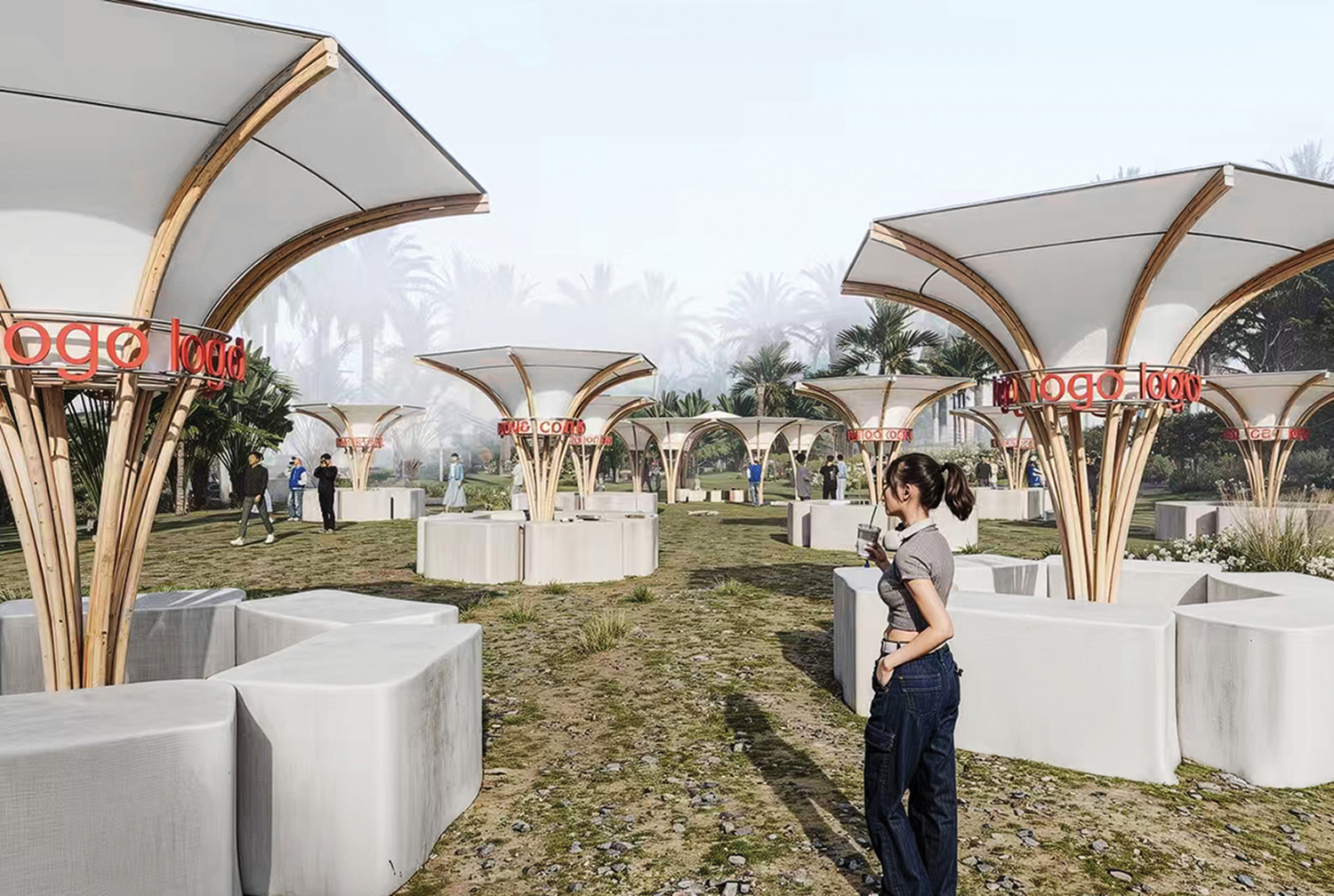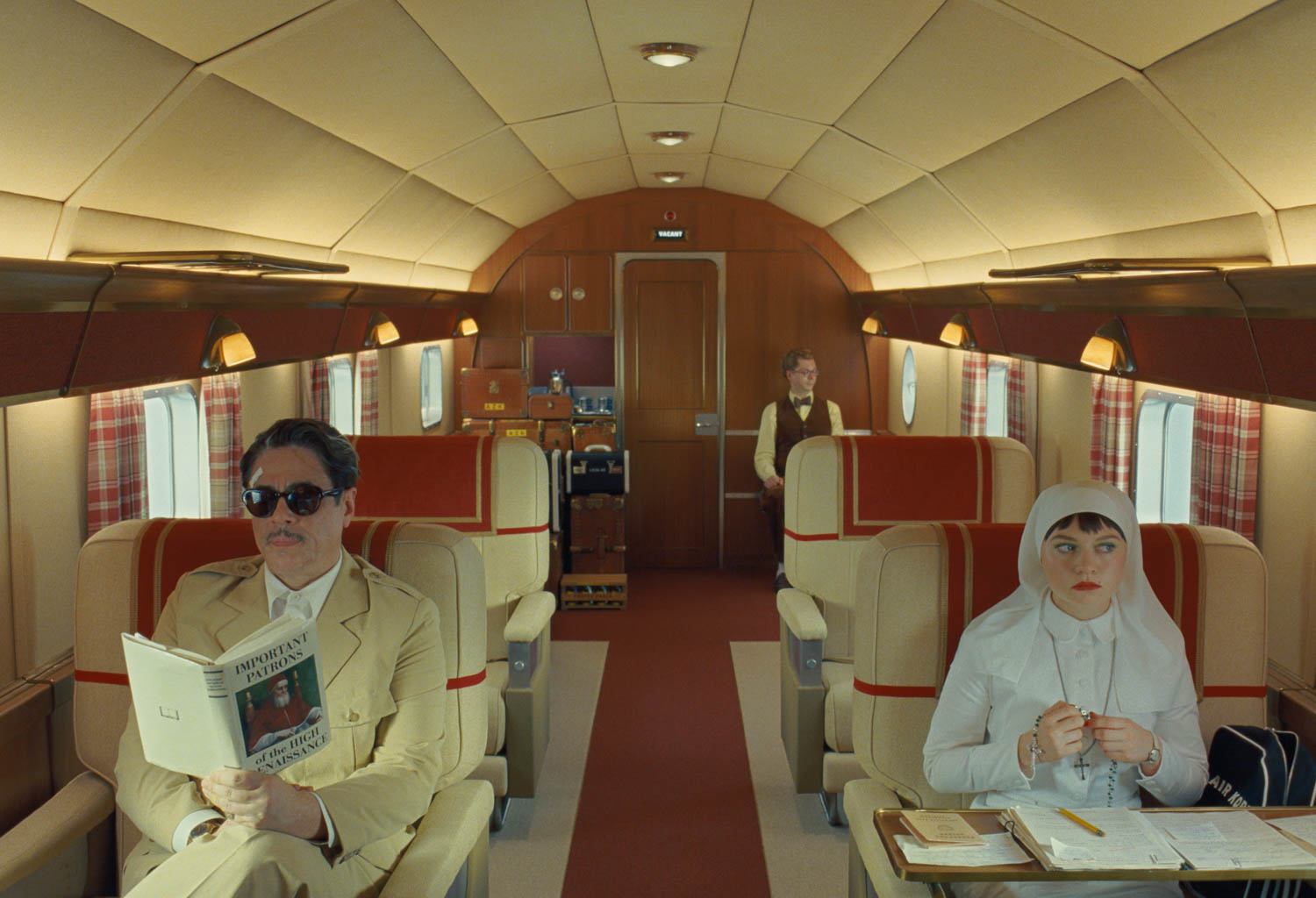10 Questions With… Polina Zakh

 Polina Zakh, creative director of multimedia design company Sila Sveta, met the company founders at a rave. Today, or at least before COVID-19 threw the world a curve ball, she still goes to raves. But in light of the new social distancing norms, she admits her fascination with the way raves will take to the digital world. As it so happens, Sila Sveta is at the forefront of digitally-enhanced experiences—just turn to the studio’s dazzling portfolio for proof, including a recent Jumbotron takeover at Times Square, a spectacular show in Indonesia where storytelling meets VFX, and a hypnotizing “techno party” in Moscow. Here, Zakh talks about the importance of meaningful stories, overrated immersive experiences, and the power of the billboard as a creative medium.
Polina Zakh, creative director of multimedia design company Sila Sveta, met the company founders at a rave. Today, or at least before COVID-19 threw the world a curve ball, she still goes to raves. But in light of the new social distancing norms, she admits her fascination with the way raves will take to the digital world. As it so happens, Sila Sveta is at the forefront of digitally-enhanced experiences—just turn to the studio’s dazzling portfolio for proof, including a recent Jumbotron takeover at Times Square, a spectacular show in Indonesia where storytelling meets VFX, and a hypnotizing “techno party” in Moscow. Here, Zakh talks about the importance of meaningful stories, overrated immersive experiences, and the power of the billboard as a creative medium.
Interior Design: From set design to 3D mapping on buildings to holographic performances and lighting shows, Sila Sveta produces a wild variety of projects. What is the common thread that defines all of your projects?
Polina Zakh: It’s all about meaningful stories together with the addition of aesthetics from today’s world. There is so much information, so much noise, that we often get lost in it. We are creating this moment of stop and stare. One of our main goals is to get people to reflect once they’ve seen our performance or show or graphics.
ID: Rave culture is in the DNA of Sila Sveta—you even met the Sila Sveta founders at a rave. Do you still go to raves? How has the rave culture evolved over the years?
PZ: Haha great question! I do still go to the raves, but very selectively. Now with the quarantine situation, rave culture is re-exploring itself in a digital world and it’s absolutely fascinating to see what’s coming up next: How can you stay at home but still interact with your favorite DJs and visual artists? It’s also a wild time for this kind of creative business and it needs major support. For example, Berlin’s nightlife community united 40 clubs in one stream platform. Sila Sveta is looking into that dimension a lot now and we hope to share some wild stuff soon. SAVE THE RAVE.

ID: In March 2019, you took over one of the largest LED displays in the world. What was it like to see your own work up on the Jumbotron at Times Square?
PZ: I am very grateful to Ian Schrager & EDITION hotels for this incredible project: I believe we started a new trend of transforming billboard’s environment. After our collaboration, I’ve seen a couple of projects that tap into the same realm and add more art to the LED screens at Times Square and to be honest across the globe too. I first saw our artwork at 4am the night before we launched it and it was an incredible feeling. As Ian always was telling us: “have fun!” And we had so much of it over the course of that project.
My goal is to communicate all sorts of emotions and inspire others to move towards their missions. I feel like those art pieces did move a lot of people: they are still up there—and my friends keep on tagging Sila Sveta on their stories when they are around Times Square. [Recently], it was daytime, and no one was at Times Square besides my friend and our artwork. It gave me shivers—how powerful it was.
ID: What’s your take on billboards as contemporary public art pieces?
PZ: It’s such an understated medium. It gives so much space for creativity, public attention, and deep understanding of how visual culture can impact the society. You can truly influence the environment and the audience. J’adore.

ID: The entirety of your work thrives on dynamics and movement. Do you enjoy “still” art?
PZ: Absolutely. I studied art history and spent a couple of years of my life working in the art market. I love all mediums, specifically sculpture. Also, initial looks for our work are still images, sketches, and style frames—it’s not always a moving image.
ID: Who inspires you the most?
PZ: Marina Abramovic, James Turrell, Tadao Ando and my artist friends and teammates. It’s incredible to see how much inspiration is around us and how easy it is to get lost in it now with all the social media.

ID: Tell me about Trans Studio, the dazzling immersive show you put together for the Trans Studio Cibubur amusement park in Indonesia. You even hand-crafted the costumes for the show. What was the most challenging part about this show?
PZ: I referred this question to the producer of the project Yana Zakharova: The most challenging part was to connect the real actors and virtual heroes. We had built the real stage in Moscow during the content production period to check how it works and then changed and rebuilt a lot of things after it. It also required many hours of rehearsals on-site. And of course, the main task for us was to create an amazing journey for people of all ages, a blockbuster for an amusement park. At the end we did turn the show into the consistent 25-minute wow-effect.
ID: The word “Instagrammable” has become a big buzzword in the industry. How do you approach that in your work?
PZ: We definitely consider IG moments but in terms of live events the whole project shouldn’t be solely formed around them unless there is a certain request for it where the streaming is bigger than live (and we have faced this situation a couple of times). Now with the quarantine life, “instagrammable” has added meanings—I feel like we are tapping into digital more than ever.

ID: What is your take on immersive experiences? Are they overrated?
PZ: The ‘immersive experiences’ are not overrated when they are done well. It’s such a theatrical moment. Unfortunately, most of the time I feel the execution could be better.
ID: How is the coronavirus crisis going to change the way we experience immersive content?
PZ: I think it will add new layers. Live events won’t go away but we will definitely be affected by certain limitations and I think even more in a physiological way of sociability in public spaces—have you already noticed when you watch a film, for example, how strange is to see someone shaking hands on the screen?



